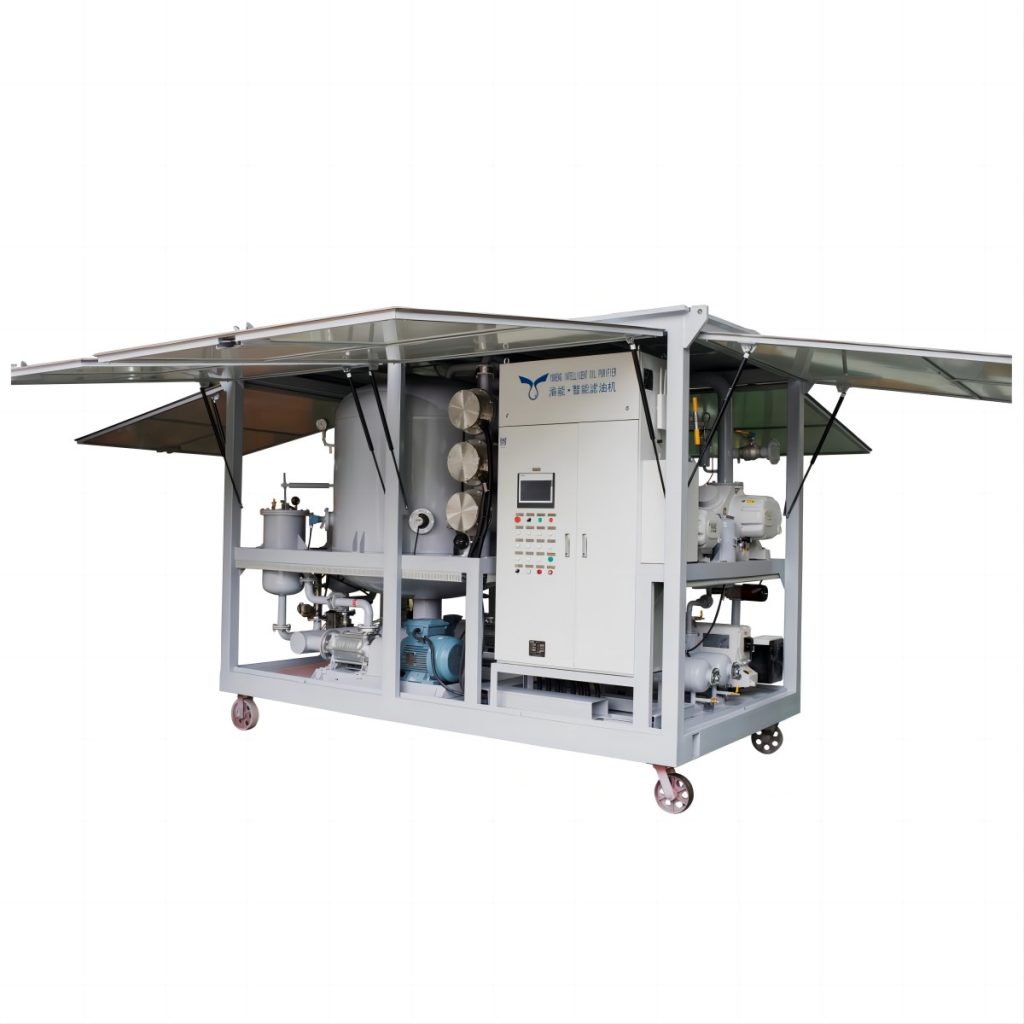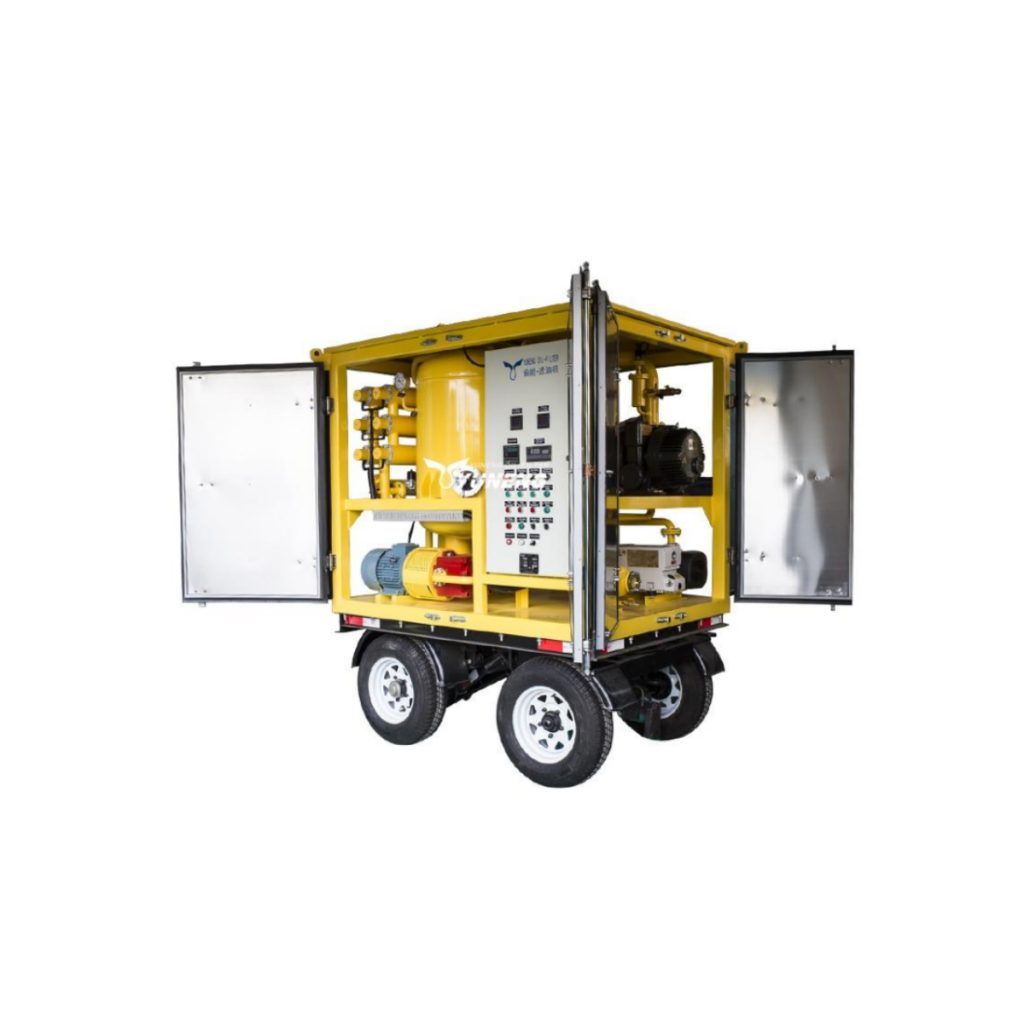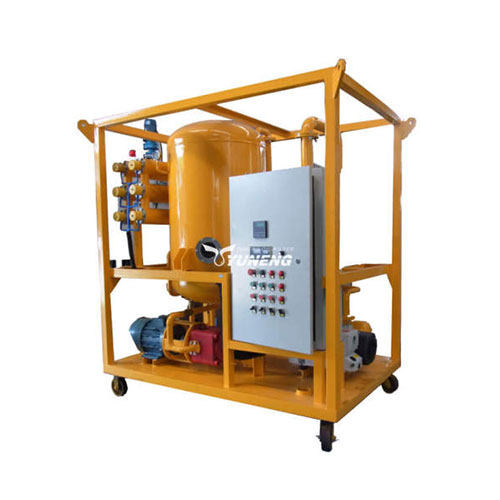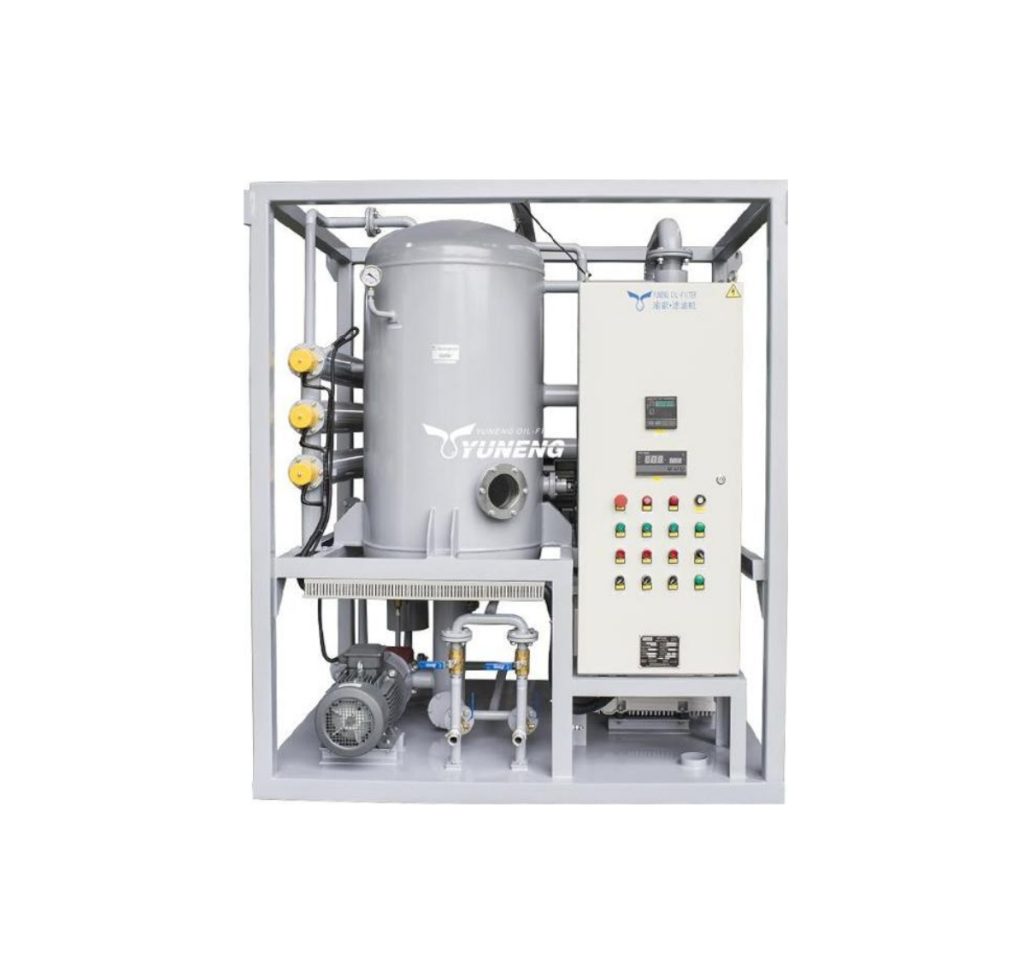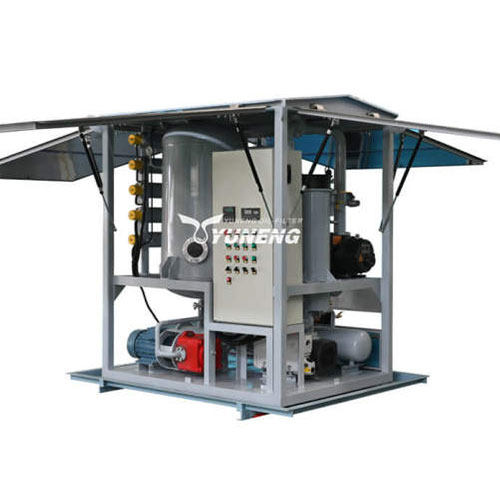Transformer Oil Filter Machines: 4 Technical Questions to Guide Your Choice
Table of Contents
One of the most effective methods for cleaning transformer oil is through the use of transformer oil filter machines. These machines are designed to purify and dehydrate the oil by removing water, gases, and solid impurities, ensuring that the transformer oil retains its dielectric properties. However, not all transformer oil filter machines are the same. Understanding their technical parameters is essential for choosing the right machine for your transformer maintenance needs. Below, we delve into four key technical questions that can help you better understand how transformer oil filter machines work and what to look for when selecting one.
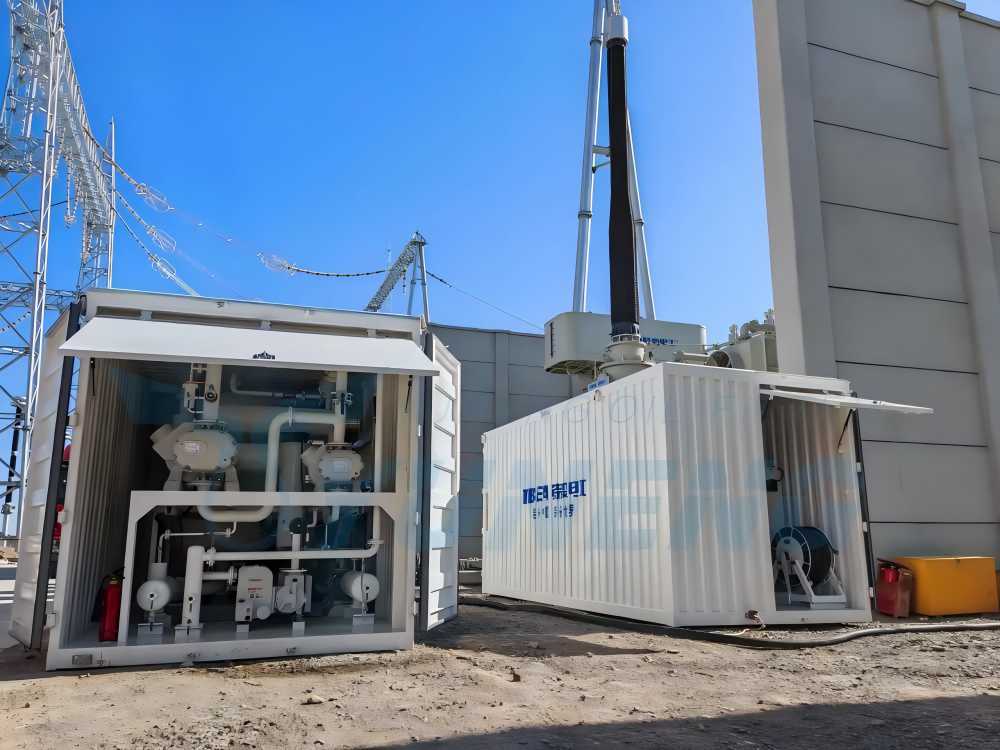
Q1. What is the Maximum Oil Flow Rate that the Transformer Oil Filter Machine Can Handle?
The maximum oil flow rate is an important factor to consider when choosing a transformer oil filter machine. This parameter refers to the volume of oil that the machine can process over a given time, typically measured in liters per hour (L/h) or gallons per minute (GPM). The flow rate influences how quickly and efficiently the machine can filter and purify the oil.
Why Flow Rate Matters:
- Maintenance Time: A machine with a higher flow rate will complete the filtration process faster, reducing transformer downtime. This is particularly important for industrial or utility settings where time is critical.
- Oil Volume: Larger transformers contain larger volumes of oil. For transformers with thousands of liters of oil, a higher flow rate is essential to finish the filtration process in a timely manner.
- Continuous vs. Batch Processing: Machines with high flow rates are generally designed for continuous processing, allowing large volumes of oil to be filtered without stopping. Machines with lower flow rates may be suited for batch processing, filtering smaller quantities of oil in phases.
Typical Flow Rates:
- Small Machines: Flow rates of 500 L/h to 3,000 L/h are typical for smaller applications or maintenance workshops.
- Large Industrial Machines: These can exceed 12,000 L/h and are suitable for utility-scale transformers or industrial operations.
When choosing a transformer oil filtration machine, it’s important to assess your specific needs in terms of transformer size, oil volume, and time constraints. A machine with an inadequate flow rate may lead to prolonged downtime, whereas an overly powerful machine could be inefficient for smaller operations.
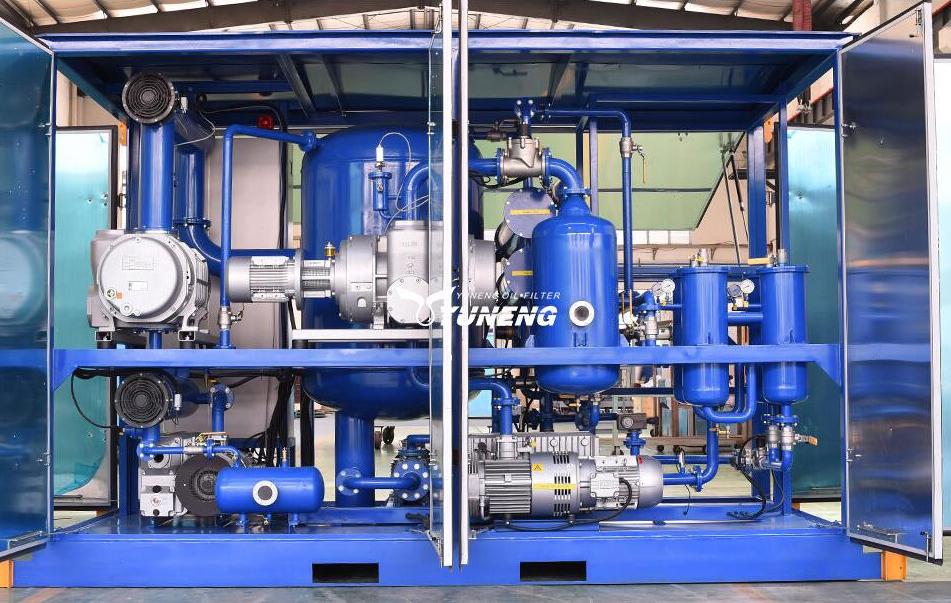
2. How Effective is the Transformer Oil Filter Machine at Removing Impurities from the Oil?
The effectiveness of a transformer oil filter machine is measured by how well it removes impurities like moisture, dissolved gases, and solid particles from the oil. The ability to clean the oil and restore its dielectric strength is critical for maintaining the transformer’s performance and preventing electrical failures.
Types of Contaminants Removed:
- Moisture: Water contamination is highly detrimental to transformer oil, reducing its insulating properties. The machine uses vacuum dehydration to remove water, with top models reducing moisture to levels as low as 3 ppm (parts per million).
- Dissolved Gases: Gases such as oxygen and carbon dioxide can accumulate in transformer oil, forming bubbles that lead to electrical discharges. High-quality machines degas the oil, reducing dissolved gas content to less than 0.1% by volume.
- Solid Particles: Metal particles, dust, and sludge can accumulate in the oil over time. These contaminants are removed through fine mesh filters, with advanced machines capable of filtering particles as small as 1 micron.
Performance Metrics:
The effectiveness of a transformer oil filtration machine is often quantified using a few key metrics:
- Water Removal Efficiency: High-performing machines can achieve moisture content levels below 5 ppm.
- Gas Removal Efficiency: The ability to reduce gas content to less than 0.1% volume is a benchmark of high-quality machines.
- Filtration Efficiency: Machines that filter down to 1 micron or less offer superior particle removal.
It is essential to match the machine’s impurity removal capacity with the condition of the oil and the performance requirements of the transformer. For heavily contaminated oil, a more robust filtration system may be necessary to restore the oil to optimal condition.
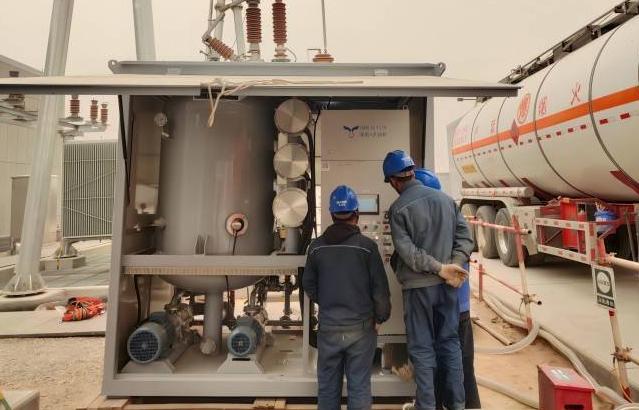
3. What is the Maximum Vacuum Level that the Transformer Oil Filter Machine Can Achieve?
The vacuum level is a critical parameter for transformer oil filter machines, especially for processes like dehydration and degassing. A strong vacuum ensures the effective removal of moisture and dissolved gases at lower temperatures, which protects the oil from thermal degradation.
Importance of Vacuum Level:
- Dehydration: The vacuum distillation process is commonly used to remove water from transformer oil. When oil is subjected to a vacuum, the boiling point of water decreases, allowing moisture to evaporate at lower temperatures. This is particularly important because high temperatures can degrade the oil’s chemical structure.
- Degassing: Vacuum technology is also used to remove dissolved gases from transformer oil. By lowering the pressure, the machine encourages gases to escape from the oil, which are then collected and vented. A stronger vacuum can reduce gas content more efficiently, ensuring the oil retains its insulating properties.
Typical Vacuum Levels:
- Standard Machines: Can achieve vacuum levels of 0.5 mbar (0.375 torr), which is effective for most routine transformer oil maintenance.
- High-Performance Machines: Can achieve vacuum levels as low as 0.01 mbar (0.0075 torr), making them suitable for transformers where even small traces of moisture or gas can cause operational issues.
The vacuum level directly influences the machine’s ability to clean the oil. Machines with lower (more powerful) vacuum levels are generally more effective but also tend to be more expensive.
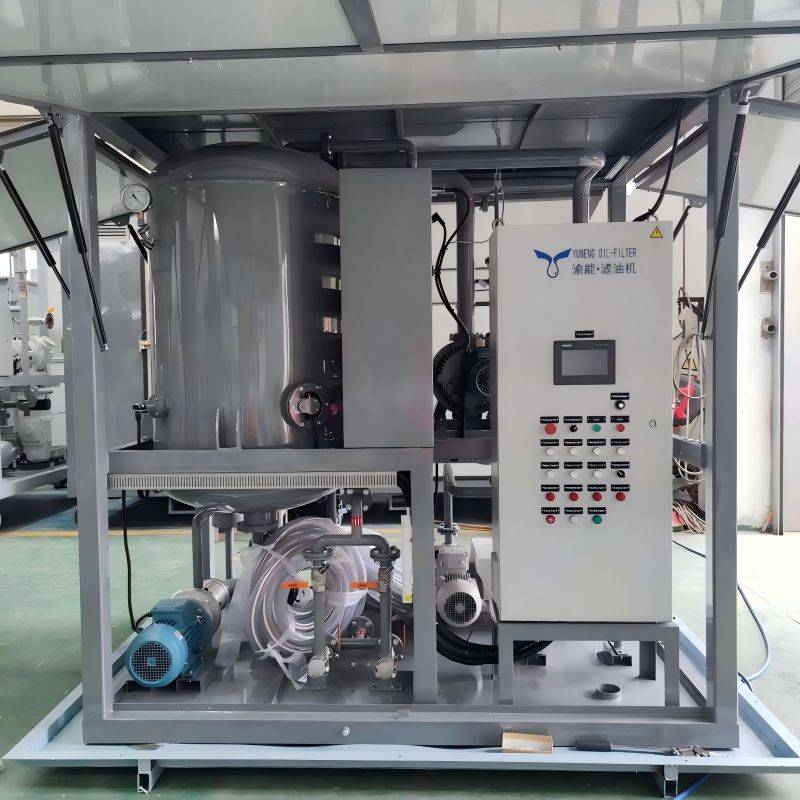
4. How Much Power is Required to Heat the Transformer Oil to the Desired Temperature?
Heating the oil is an integral part of the filtration process. Transformer oil must be heated to reduce its viscosity, allowing for easier filtration and more effective dehydration. Additionally, heating the oil helps to evaporate any remaining moisture.
Factors Affecting Power Requirements:
- Volume of Oil: The larger the volume of oil being processed, the more energy is needed to raise its temperature.
- Initial and Desired Temperature: The difference between the oil’s starting temperature and the target temperature will determine how much energy is required.
- Specific Heat Capacity of the Oil: Transformer oil has a specific heat capacity of approximately 2.1 kJ/kg°C. This value can be used to calculate the amount of energy needed to heat a given mass of oil.
Power Calculation:
To calculate the power needed to heat the oil, you can use the following formula:
Q=m·c·ΔT
Where:
- Q is the heat energy required (in joules),
- m is the mass of the oil (in kilograms),
- c is the specific heat capacity (2.1 kJ/kg°C),
- ΔT is the temperature difference (°C).
Once the total energy is calculated, the power requirement in kilowatts (kW) can be determined by factoring in the time over which the heating will take place.
Typical Heating Requirements:
- Heating Time: Most transformer oil filter machines are designed to raise the oil temperature to 60°C to 80°C during the filtration process. The time needed to heat the oil will vary based on the machine’s capacity and efficiency.
- Energy Efficiency: High-quality machines are built with efficient heaters that minimize energy consumption while ensuring the oil reaches the desired temperature quickly.
Understanding the power requirements for heating is important because it can influence the overall cost of operation. Machines with efficient heating systems will reduce energy usage, saving on operating costs over time.
Final Thoughts
Understanding the technical specifications of transformer oil filter machines—such as oil flow rate, impurity removal effectiveness, vacuum level, and power requirements—is essential for selecting the right machine for your transformer maintenance needs. By focusing on these key questions, you can choose a machine that optimally matches your operational requirements, ensures efficient oil purification, and extends the lifespan of your transformers. Whether for small-scale transformers or large industrial systems, the right machine can significantly enhance performance and reduce maintenance costs.


